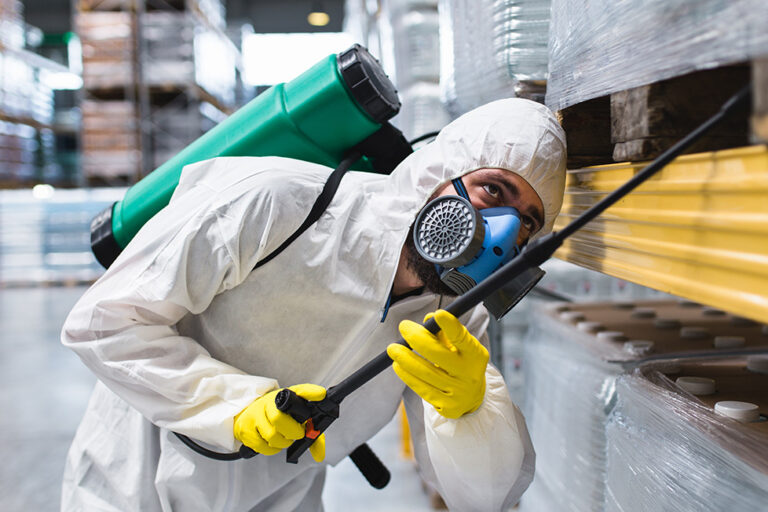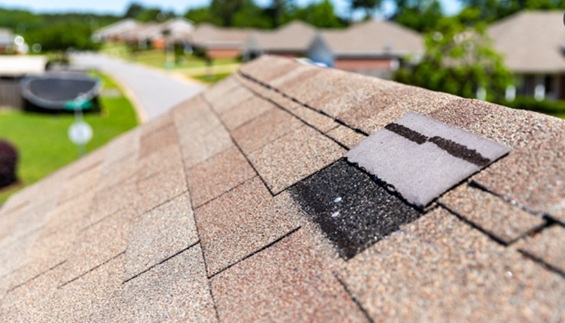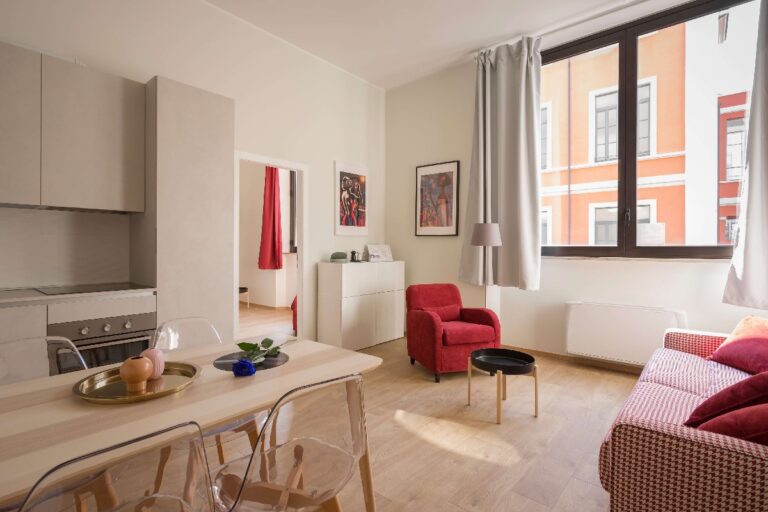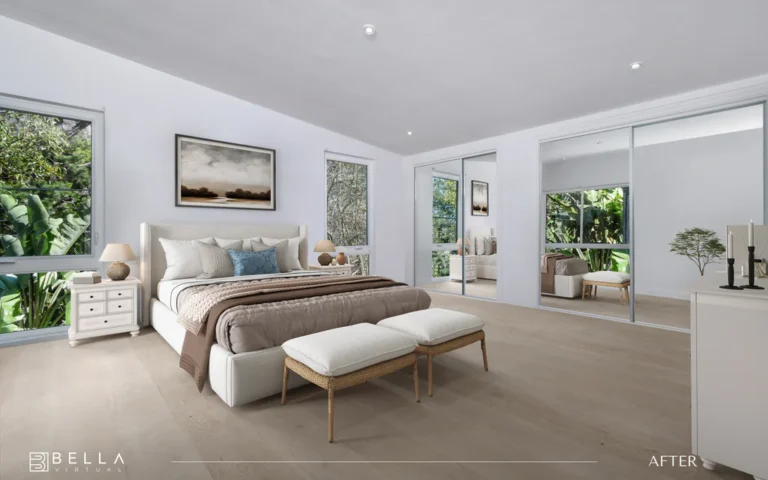Once the fairy lights fade and the final crumbs of mince pies disappear, many of us face a familiar dilemma: what to do with the Christmas tree?
It has stood proudly in your living room, filling your home with that signature pine scent and festive glow. After weeks of cheerful service, it surely deserves a proper send-off.
That’s where recycling comes in. With a little know-how and some simple prep, your beloved fir will keep on giving long after the decorations come down. Let’s explore how it all works.
Why It Matters
Each year, millions of real Christmas trees find their way into homes across the UK, where they spread their unmistakable pine-scented joy. But when the lights dim and the baubles come down, far too many end up languishing in landfills.
There, beneath piles of rubbish, they quietly release methane, a potent greenhouse gas that traps about 25 times more heat than carbon dioxide. Not quite the kind of warmth you’d hope to spread at Christmastime, is it?
Luckily, there’s a much happier ending waiting for your tree. Instead of gathering dust at the kerbside or cluttering a landfill, recycling gives your festive fir a second life.
Once chipped down, it can return to the earth as protective mulch, enrich the soil as compost, or even power homes through renewable energy.
This simple gesture carries surprising weight. It lightens your environmental footprint, reduces harmful emissions, and helps local ecosystems thrive all at the same time. Think of it as one last act of generosity for the planet—a thoughtful, green encore to the festive season.
The Different Ways to Recycle a Tree
There are plenty of thoughtful ways to give your evergreen a graceful goodbye. Depending on your schedule and setup, you can take your pick from the following options.
Council Collection Schemes
Many local councils across the UK run annual Christmas tree recycling programmes, which usually begin just after New Year’s Day.
You can often leave your tree outside with your garden waste or take it to a designated drop-off point. A recycling team will then whisk it away to be shredded into mulch or compost for local parks and gardens.
However, the specific pick-up dates and drop-off instructions can vary by region, so check your council’s website for more information.
Drop-Off Points
Many garden centres, local parks, and recycling facilities accept festive firs throughout January.
This option gives you the freedom to part ways on your own schedule without having to chase the council van down the road in your slippers.
Simply load your retired tree into your car, drop it off at one of the designated sites, and let the experts take it from there.
Charity Collection Services
Looking for a way to make your good deed go even further? Several UK charities and hospices offer collection services for a small donation.
They’ll pick up your tree, recycle it responsibly, and use the proceeds to support vital community projects and local initiatives.
With this option, everybody wins—your home becomes tidier, your conscience feels lighter, and someone else’s day gets a little brighter.
Creative Reuse at Home
If you’ve been blessed with green fingers, you can repurpose parts of your tree yourself.
Pine needles make wonderful mulch for acid-loving plants, like hydrangeas or rhododendrons, while chipped branches can add essential nutrients to your compost.
You can even repurpose the trunk into rustic coasters, edging for flower beds, or kindling for those chilly winter evenings. It’s a lovely way to let your tree live on long after the baubles are packed away.
How to Prepare Your Tree for Recycling
Before you send your tree off to its final resting place, you need to make sure it’s ready for its grand finale.
Most recycling services can’t accept trees with decorations attached, as they can damage shredding equipment or contaminate compost. So, start by undressing your green centrepiece.
Remove every last bit of tinsel, bauble, light, and ribbon, and don’t forget the hooks, strings, or the stand either.
As lovely as that frosted look might be, trees coated with artificial snow or glitter sadly can’t be recycled in the usual way. Since these materials don’t break down naturally, they need to go through general waste disposal instead.
The same goes for artificial trees, but those can still be reused for years to come if you store them properly.
If your tree exceeds your council’s size limit, which is usually around six feet, chop it into smaller sections so it fits neatly by the kerb. Then, place it in a sheltered spot outside and let it dry out until collection day.
By the time the recycling crew arrives, your tree will be lighter, drier, and all set to be reborn into something new.
How Christmas Trees Are Recycled
So, what happens to your tree once it’s carted off? The recycling process is surprisingly efficient.
First, trees are shredded into wood chips, which can be used in several ways. Councils often use them as mulch around parks and footpaths to help retain soil moisture and suppress weeds.
Some chippings are also composted to enrich public green spaces or sold for private use in residential gardens.
In some regions, the retired trees are used to generate biomass energy. They’re processed and then incinerated in special facilities that capture the released heat to produce renewable electricity.
If you think about it, that’s a fittingly bright afterlife for something that spent its days twinkling under fairy lights.
If you live near the coast, your old Christmas tree could even help protect beaches. In certain areas, like Norfolk and Lancashire, collected trees are used to reinforce sand dunes and prevent coastal erosion.
That way, your tree goes from standing tall in your living room to standing guard over the shoreline. It’s rather poetic, really.
Conclusion
Christmas tree recycling isn’t just another chore to tick off. It’s a powerful act of kindness that carries the festive spirit beyond the holidays.
With a little care, that proud centrepiece can find new life long after the jolly season ends. So, when the baubles are cosy in their box and the last carol fades, take a moment to give your tree the farewell it deserves.
Each branch you recycle will carry a whisper of Christmas cheer, keeping the festive spirit alive long after the lights go out.










